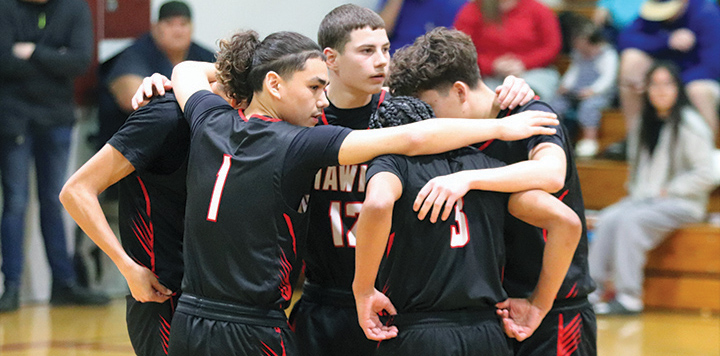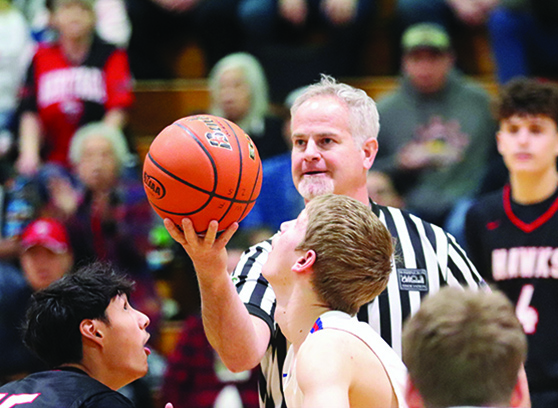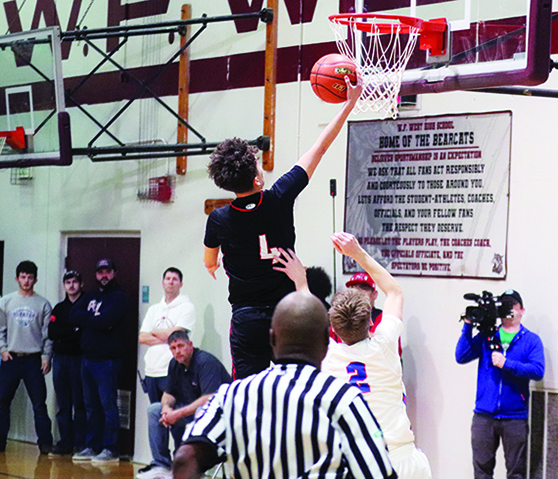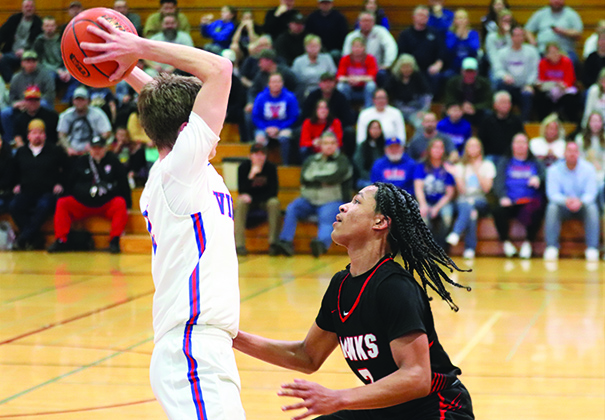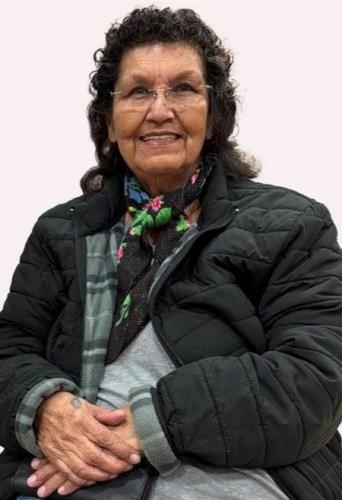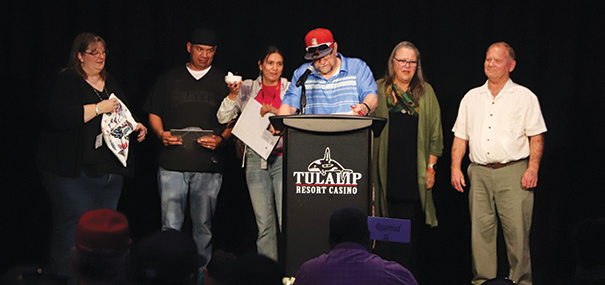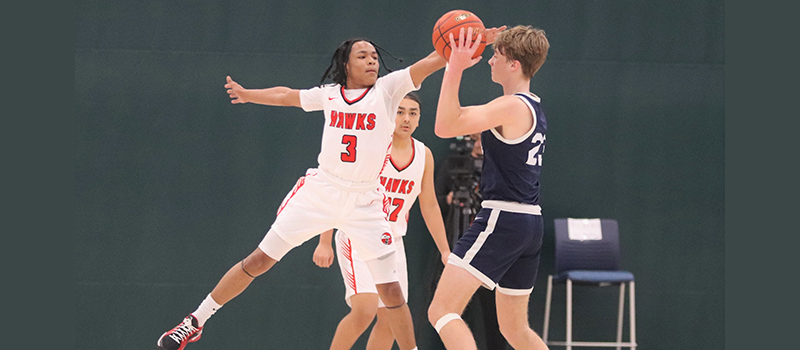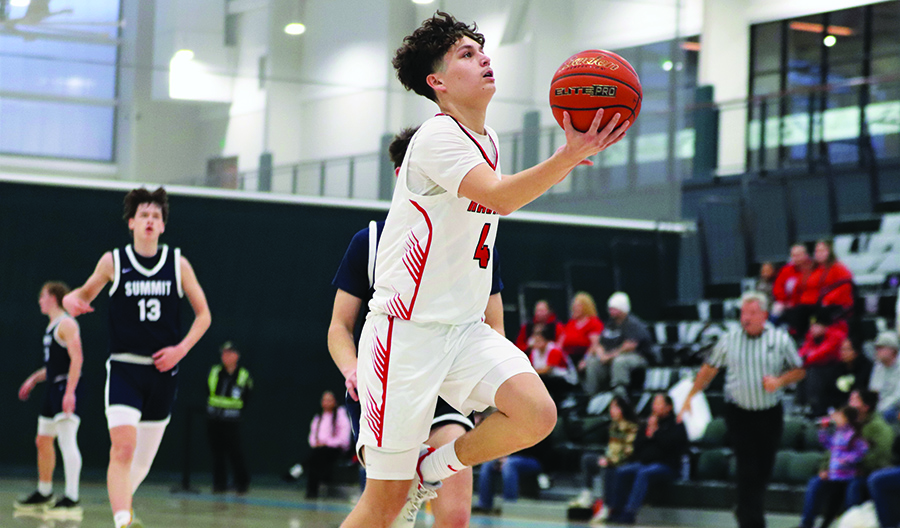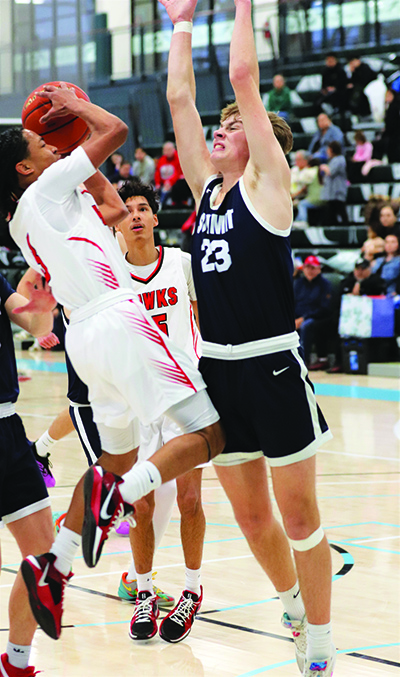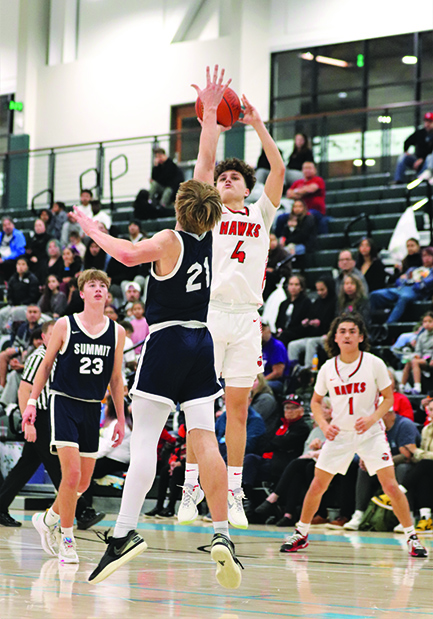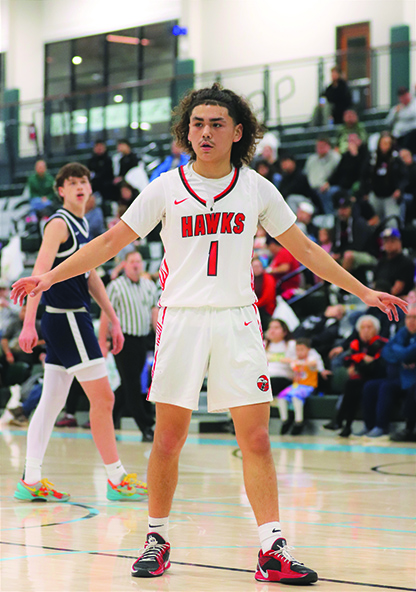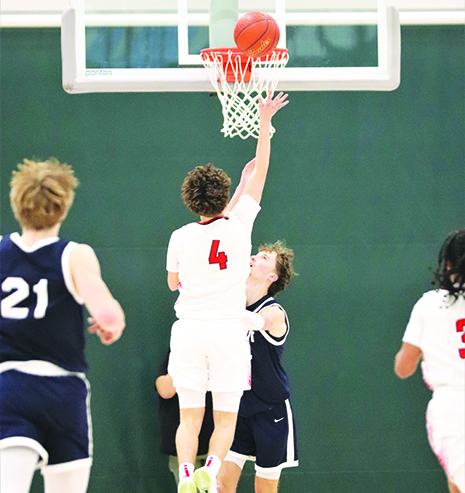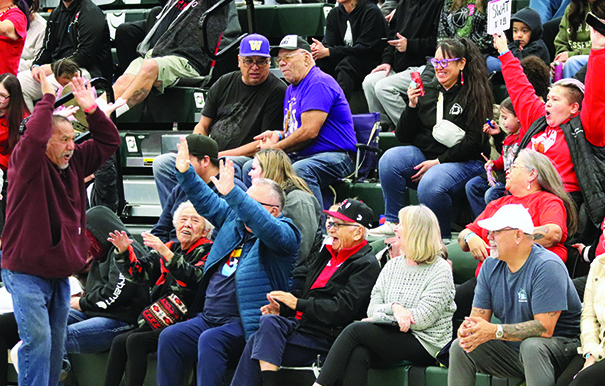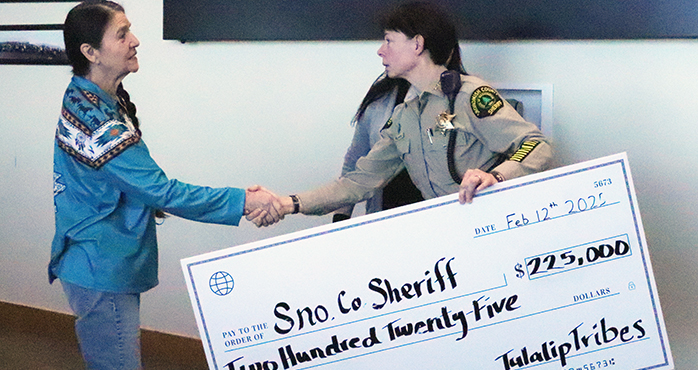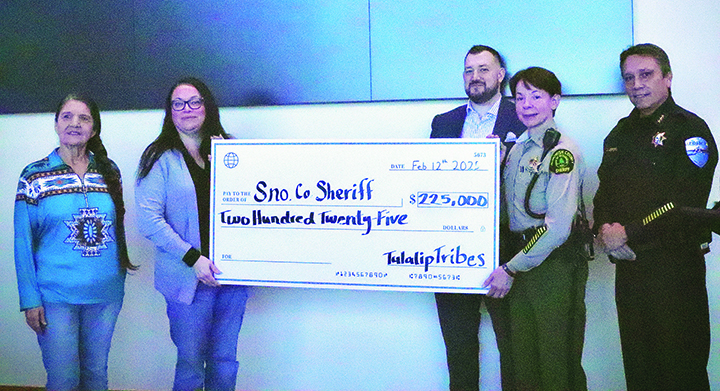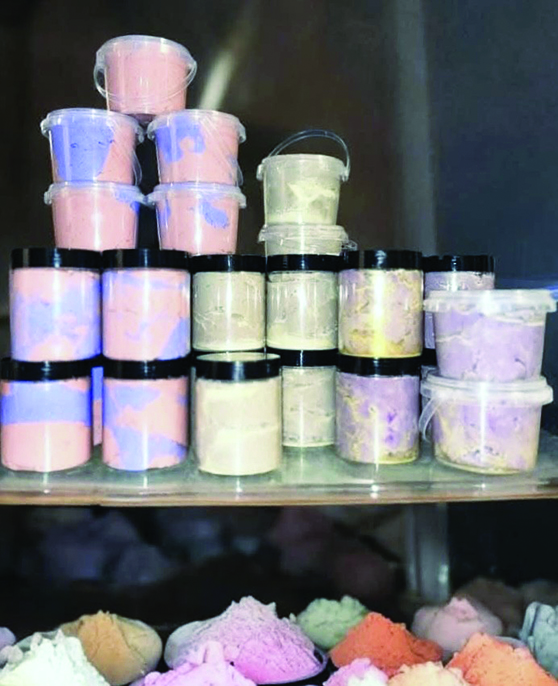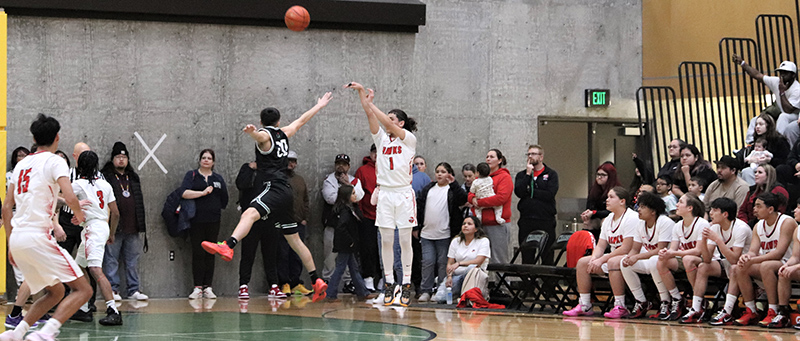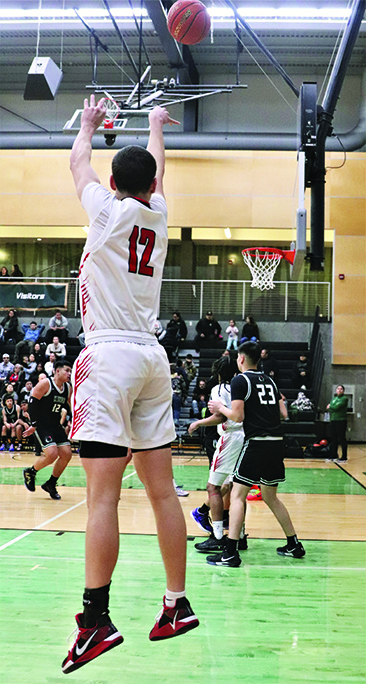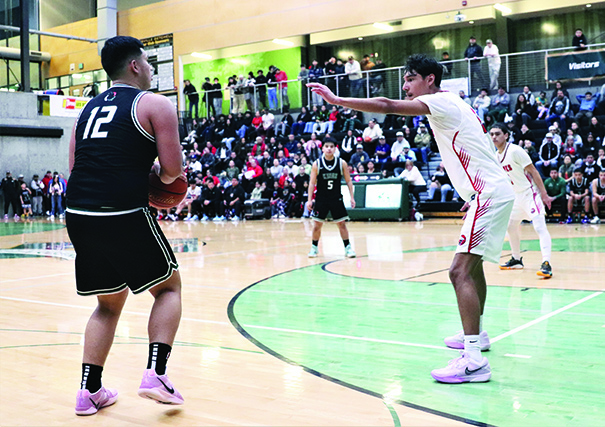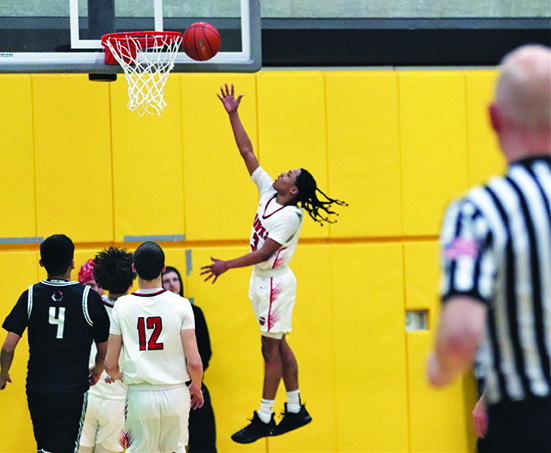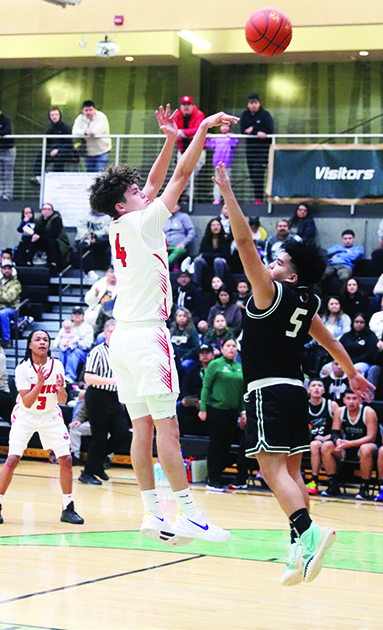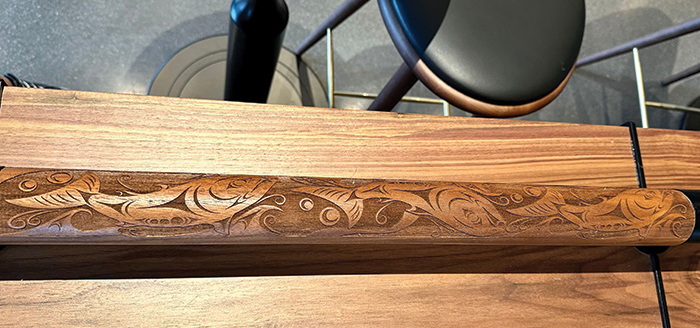
By Kalvin Valdillez, Tulalip News
Located in the heart of the U Village shopping center is a coffee spot that has withstood the test of time. Originally opening its doors in 1972, this shop has seen many businesses come and go as the U Village has gradually grown into the high-end retail mecca that it is known as today. Nowadays, you’d be hard-pressed to not find a Starbucks within a 5-mile radius of any given location. But back then, this was the only Starbucks in the entire world, aside from the flagship store in Pike Place Market, which opened 60 years prior in 1912.
The second Starbucks to ever exist has received a couple of renovations throughout the years, in 1994 and once again in 2009. Most recently, the establishment decided to feature local artwork at the historic location, enlisting three Seattle artists to work on designs for the building’s exterior. And with a desire to incorporate traditional art from a local tribal artist, Starbucks also reached out to Tulalip’s own Walter Moses for a project inside the store.
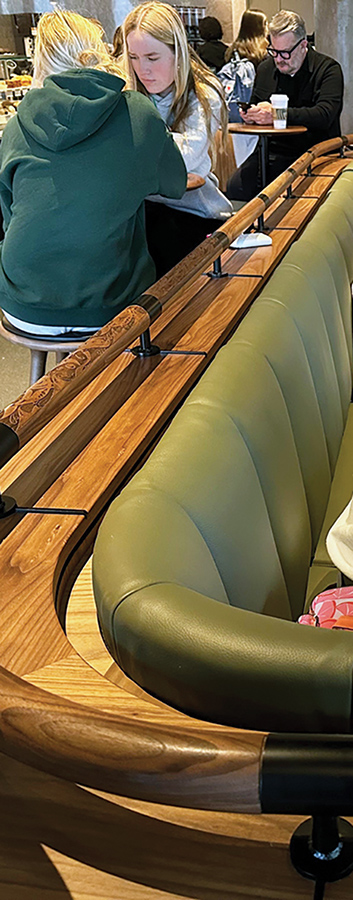
“I just finished up my project with the Starbucks in the U Village,” exclaimed Walter. “One day I was checking my e-mails, and I got a random e-mail from somebody at Starbucks. I’m not sure how, but they got my info and said we would like you to do some designs for us, are you interested? And I was like, ‘uh, yeah!’.”
There is a significant amount of foot traffic in this particular Starbucks by shoppers who need a little extra boost as they check out the dozens of retailers in the village. The lounge is often filled to capacity by local UW students who enjoy a grande or venti sized beverage while they actively work toward their degree. Which of course means that there are many eyes that are constantly drawn to Walter’s work each and every day.
Said Walter, “It’s exciting because I get to leave something behind. They actually had a theme in mind, which was water. Being that it’s in the Pacific Northwest and next to the Puget Sound, they wanted to encompass some kind of water into the design. I told them, ‘Hey, good news because you know, we’re like thee water people. Because we eat salmon, we’re fishermen, and we live by the water. So, this is right up my alley,’.”
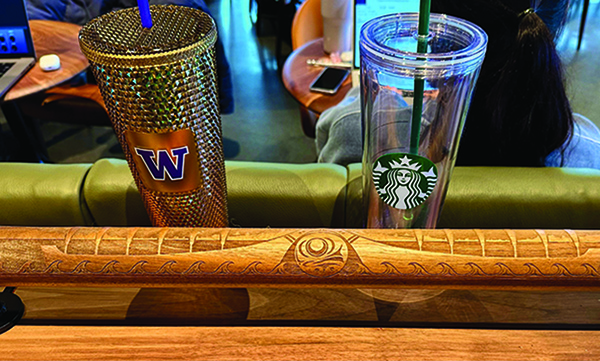
Upon entry to the store, customers are welcome to hop in line to place an order or find a space to take a seat in their lounge. Splitting the floor into those two areas is a partition in which one side features booth-style seating for the lounge. On the other side there are a number of high-top tables. Sitting directly on top of this partition, that aesthetically curves throughout the store, is a wooden rail. And this is where Walter’s designs are showcased.
“I did a salmon design, the salmon are spawning and going up a stream, and there are little salmon eggs around it. Another one I did were otters, because the otters are part of the water, and I think the design looks pretty cool. The otter is swimming on his back and holding a clam. The other one is two killer whales, and I did that because it’s a symbol of our Tribe. And I also did canoes with paddles in them, and there’s a salmon egg in the middle. It’s like the canoes are on the water and you can see the islands in the background.”
Last time Tulalip News caught up with Walter was during the pandemic as he was launching his business Salish Art Designs. This was highly anticipated at the time due to the rise in popularity of his cedar carved earrings. Since then, he has continued to expand that business and opened up an Etsy page to feature his items for sale and reach more potential buyers.
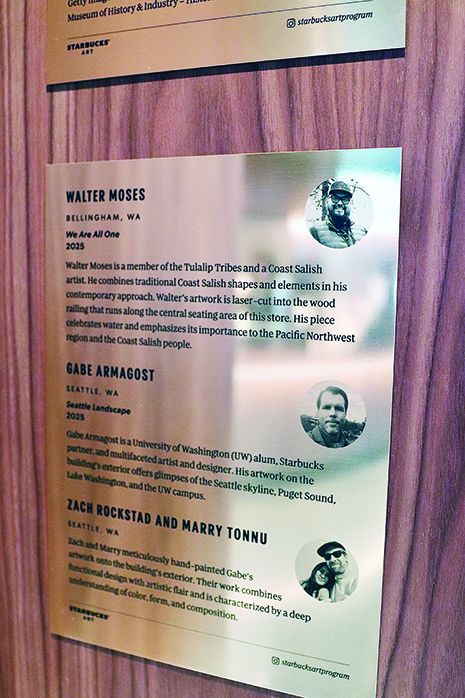
Originally, all of Walter’s earrings were hand painted onto cedar scraps that he salvaged from his job at a lumber mill. However, once he was featured in the syəcəb he began to receive an overwhelming amount of orders, requests, and inquires for the earrings. This is when he started looking into laser engraving machines to help streamline the process and keep up with the demand of his clientele.
Walter shared that he lives by a ‘keep your hands busy’ philosophy, so once he got the Etsy page up and running, he felt it was time to take his jewelry designs to the next level. By learning how to operate the Adobe Illustrator and Procreate software systems, Walter was able to elevate his art and utilize the latest technology and equipment, like laser engraving machines, to bring traditional artwork into modern day projects, such as the Starbucks railing.
He stated, “To me, it’s important that I utilize any and all ways to create art. Whether it’s drawing on a notepad, watercolor, painting, carving. I use printers as well as a photo printer. And I essentially use it to forward the the cultural awareness of art. There’s some skepticism. There are people who are critical of how I do some type of art. Some people criticize using laser machines. I’ve always been called out by a lot of artists and people who say why don’t you do traditional – why don’t you use like rock and stones? And it’s like, no. We use chainsaws and if chainsaws were available at the time our ancestors were alive, they’d be using them too.
“I’ve always been a techie guy since I was a kid. I was there at the dawn of computers, word processing, and typewriters. I was there when all that started kicking off. I’ve always been into electronics and video games, taking apart like radios and stuff and putting them back together. Using software is something that’s like a natural thing to me.”

As a Tulalip artist, Walter is very proud of continuing his family’s legacy in traditional art. He shared that his father, Master Carver Kelly Moses Sr., taught, encouraged, and inspired him to be the best artist he could be from an early age. Walter expressed a tremendous amount of joy in the work he did in the Tribal Designs department, a position he held for 14 months, but ultimately had to give up due to the strenuous daily commute from Bellingham to Tulalip. He stated that one of the best parts of that position was visiting Heritage High to pass on his knowledge and work on projects with the students.
“Our art is a visual way of telling stories,” he explained. “I don’t recollect us having a written language. The art was a way to tell a story and it’s an expression of self and family history. A lot of the stuff I do has some of the old traditional stories incorporated into them, but it also has modern stories, things that I’ve gone through, and my family has gone through. And also, just very important values.”
Next time you find yourself in the Seattle area, be sure take a trip to U Village to see his artwork in person. If you are interested in checking out some of Walter’s additional works, you can follow his Instagram page, @WalterMoses_Art. And to purchase his popular and beautiful jewelry, please visit his Etsy page, Salish Art Designs.
